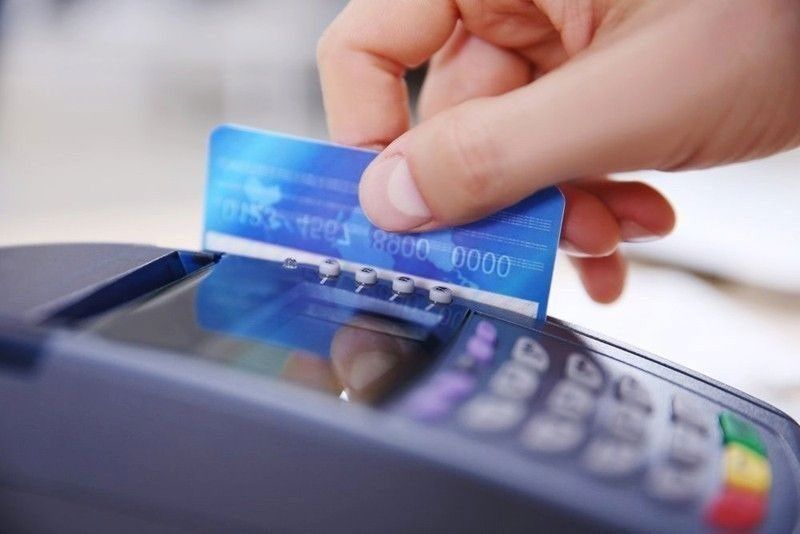Card payments seen hitting P2.1 trillion this year

MANILA, Philippines — Card payments in the country are expected to rebound this year on the back of a gradual boost in consumer spending as the economy slowly reopens.
GlobalData, a leading data and analytics company in the UK, said card payments would likely rebound by 15.4 percent in 2021 from the 7.4 percent slump last year.
This is equivalent to about P2.1 trillion from last year’s P1.81 trillion in card payments value.
Over the next three years, this will further increase to P2.87 trillion by 2024 or an annual growth rate of 12.3 percent.
GlobalData senior payments analyst Nikhil Reddy said the growth would be driven by the gradual revival of the economy, easing of lockdown restrictions, and improving consumer spending.
The local card payments market has been registering robust growth since 2016, but this was stalled last year due to the economic downturn amid the pandemic.
“The market scenario is now changing with the opening of businesses and vaccine distribution gaining pace. Gradual revival in economic conditions are expected to drive growth in the country’s card market,” Reddy said.
Data showed that debit cards continue to dominate the overall card holding in the Philippines with 90.6 million debit cards in circulation compared to 8.6 million for credit cards.
But, credit cards are still the preferred payment method mainly due to pricing benefits, installment payment plans, and reward programs available.
While the Philippines remains hugely a cash-based economy, the government has been taking various initiatives to increase card penetration and usage.
Last year, it passed a regulation to cap credit card interest rate at two percent per month or 24 percent annually compared to the average annual rate of 42 percent. It also capped the interest on credit card installment plans at a percentage per month.
Such a move aims to make credit card interest rate at par with neighboring countries Thailand and Malaysia and also ease debt burden on credit card holders as lower rates will make borrowing cheaper, thereby making purchases on credit more affordable.
Further, Reddy said demand for contactless payments has surged significantly, which would support growth in card transactions.
- Latest
- Trending

























